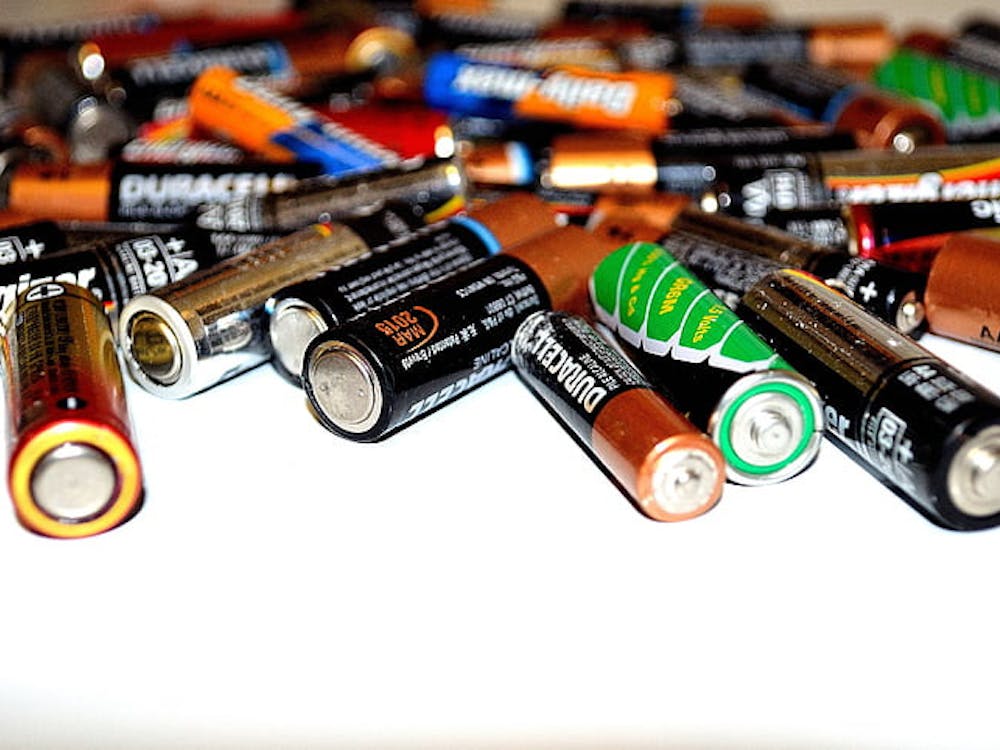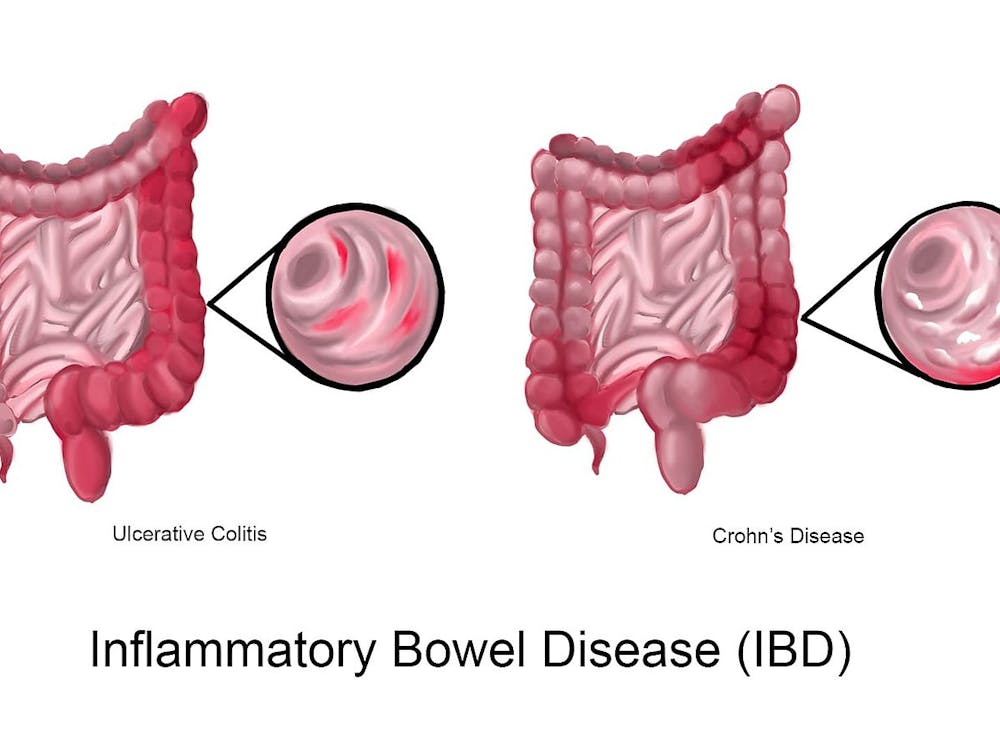Our bodies can can often heal themselves from injuries such as cuts, but is it possible to regrow parts of our brain after damage?
The brain is unique among many other tissues in the human body in that it is not capable of efficiently fixing itself following injury and damage. This neural regenerative failure renders damage to the central nervous system permanent, leading to the irreversible loss of functions such as movement and cognition. However, recent progress in neurobiological research has begun to provide a glimpse of hope toward the treatment of neurodegenerative disorders.
A culmination of scientific findings from basic, translational and clinical research, the topic of brain repair describes all the therapeutic strategies that aim to halt the progression of neuronal damage and promote the recovery of neuronal loss.
The transplantation approach to stem cell-based brain repair is not without a whole host of problems and disadvantages. First of all, transplantation requires surgeries that may exacerbate damage to the already-fragile patients who suffer from a neurodegenerative disorder or traumatic injury.
Secondly, there is no way of guaranteeing that the stem cells will survive and differentiate into the appropriate neuronal cells.
Thirdly, for neurons to function properly, they must form proper connections with each other through wire-like parts known as axons and dendrites. During early development, the expression of axon guidance cues allows neurons to establish proper functional contact with their targets. Without these axon guidance cues after development, how can the transplanted stem cells know where to send their axons? The improper integration of stem cells into pre-existing neuronal circuits may even worsen the loss of function in the neurological tissue.
Endogenous regenerative medicine could provide the solution to the problems surrounding stem cell transplantation.
The exciting discovery of neurological stem cells in distinct niches of the adult mammalian brain provides potential for the therapeutic exploitation of endogenous stem cells in nervous system disorders.
Quite amazingly, these adult neural stem cells are able to differentiate into neurons and functionally integrate into pre-existing neurological circuitries in order to drive functions such as memory and, potentially, the processing of sensory information including odor.
Furthermore, scientific studies on mouse models suggest that these endogenous stem cells have the capacity to respond to stroke and traumatic injury, implying that humans may possess an endogenous compensatory mechanism against neuronal damage.
Studying the neuronal mechanisms that regulate these adult neurological stem cells may uncover pathways that allow us to manipulate these endogenous stem cells for therapeutic interventions.
Unlike the transplantation approach, this new strategy will not have to rely on surgeries to deliver stem cells.
Despite its immense promise, neurological repair is still a relatively new collection of therapeutic strategies that are still undergoing intense research.
Indeed, the journey from discoveries on the laboratory bench to a novel therapy for standard use in medicine is long and arduous. Will brain repair allow individuals to fully recover from nervous system damage starting from one day? Perhaps.
Currently, there is not a single pharmaceutical product on the market that can halt or even slow the progression of neurodegenerative disorders, let alone promote complete functional recovery for the patient.
However, I believe that the meticulous examination of endogenous neural stem cells and how they manage to give rise to fully functional newborn cells will provide us with important clues toward helping patients to recover.




